
During the first half of the 1900s, US society heavily stigmatized and rejected homosexuality. For years there was an evident social barrier against the LGBTQ community. Being openly gay was dangerous, and individuals belonging to the LGBTQ community were harassed and arrested.
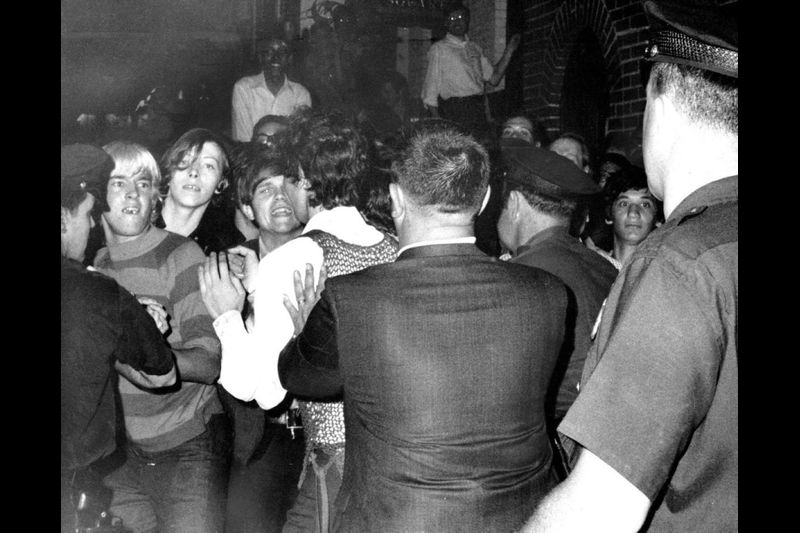
(Impeding crowds, June 28, 1969, by Joseph Ambrosini, New York Daily News)
"We would do it once or twice a night, yeah, particularly on weekends or holidays." (Seymour Pine, 2011)
"Bars and clubs were regularly raided by the police, and gay bar patrons were routinely arrested, sent to psychiatric wards for treatment, and generally rejected by the mainstream society." (Pitman 3)
"Unfortunately, the rise of homosexual subcultures also intensified the activities of police morals and vice squads. These departments were responsible for ridding their cities of immoral behaviors . . . or otherwise socially unacceptable—including homosexuality." (Pitman 8-9)
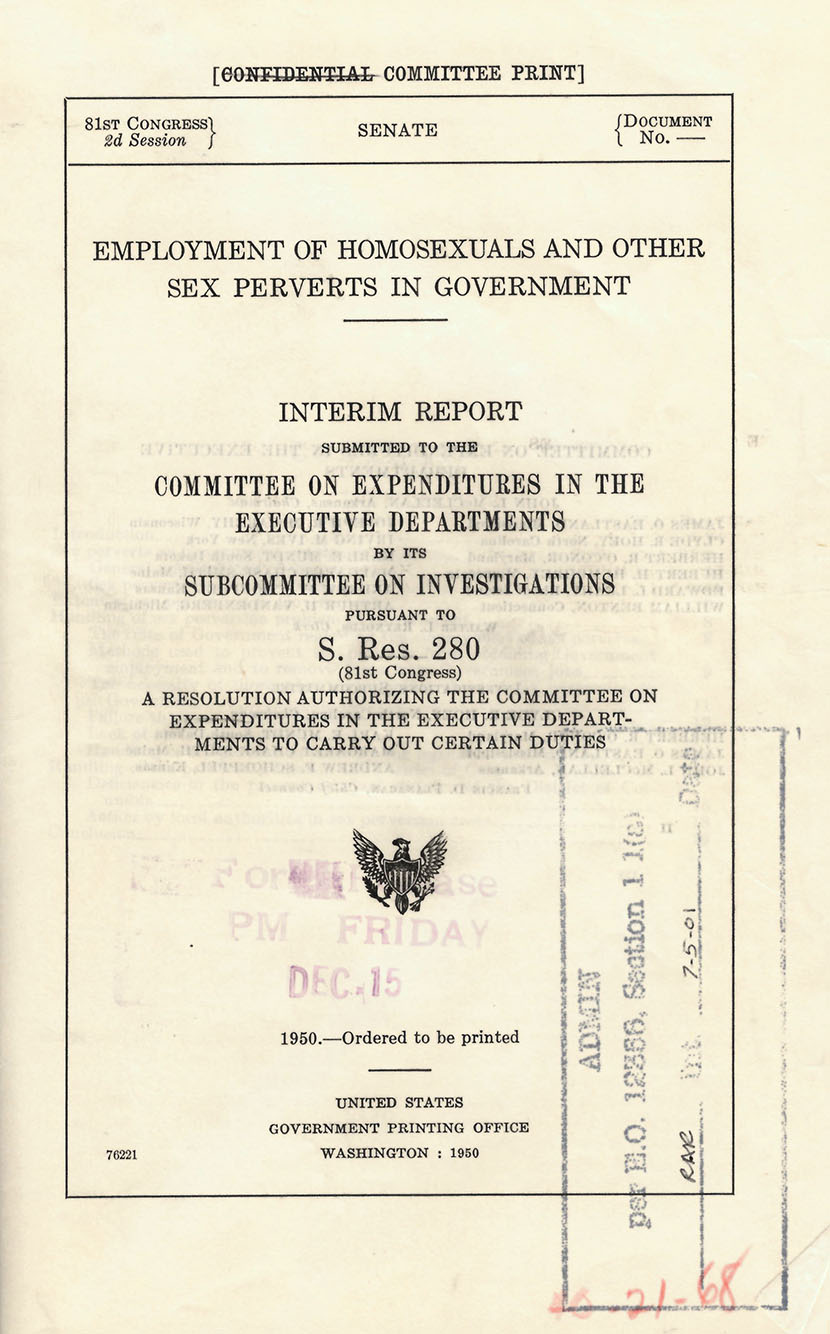
(Records of the U.S. Senate, December 15, 1950, National Archives)
This report concluded that gays weren't allowed to work for the government.
A panic caused by the public about homosexuality arose after WWII. The Red Scare created fear for communism, while the Lavender Scare was a panic about homosexuality in government offices. During the time of the Lavender Scare, the government dismissed people in the LGBTQ community from their positions.
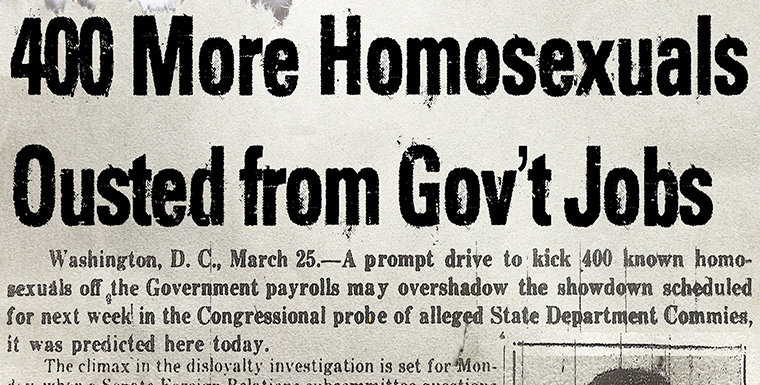
(Newspaper headline, Avalon Theatre)
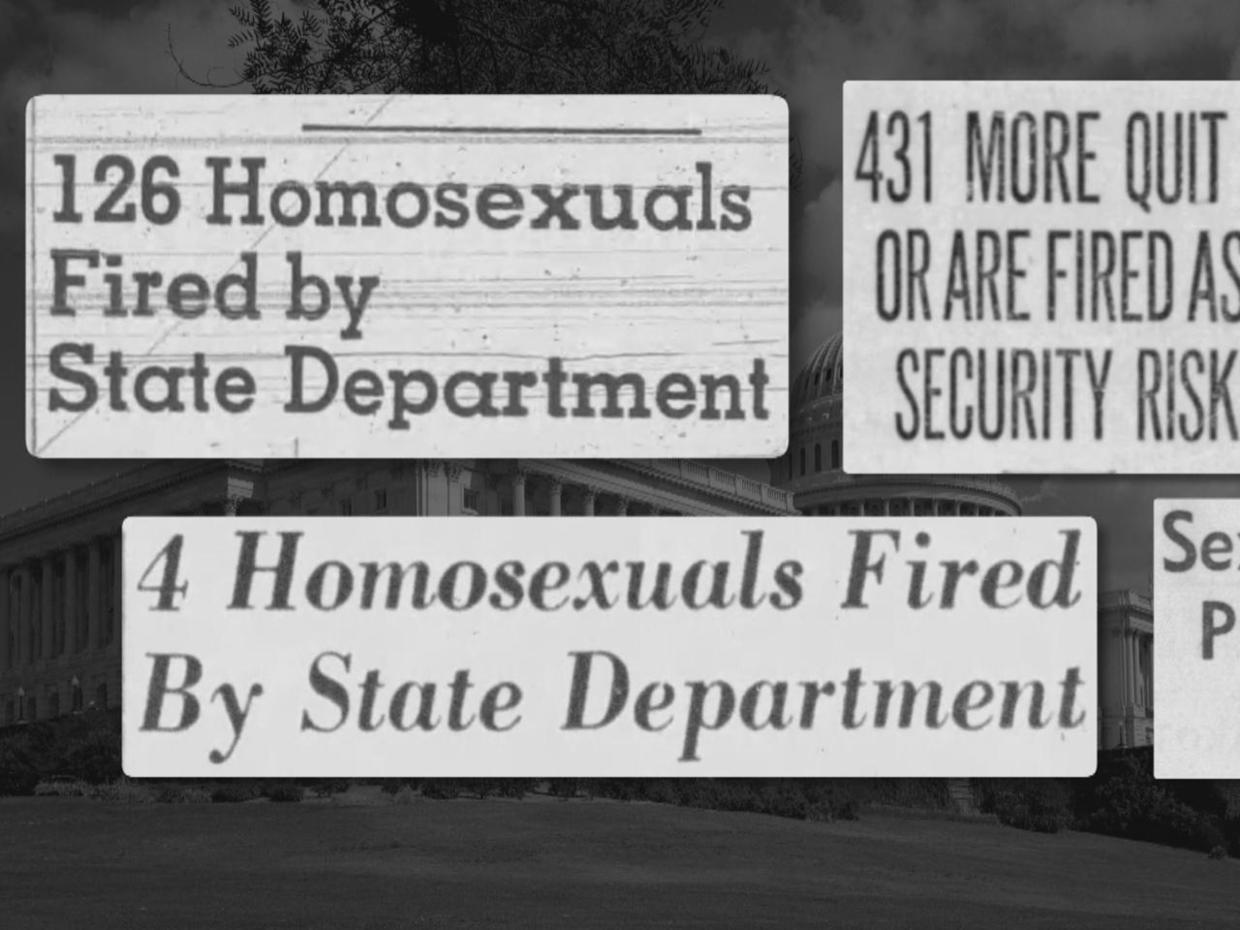
(News headline, CBS News)
"Anyone who was considered to be different, radical, leftist, antiestablishment, or nontraditional in any way was at risk for being labeled a communist, including people who were gay." (Pitman 14-15)
"Lavender Scare, this wave of repression was also bound up with anti-Communism and fueled by the power of congressional investigation." (Judith Adlkins, 2016)
Many people were ignorant about homosexuality. In the early 1900s, the public had many stereotypes associated with homosexuality.
"The American Psychiatric Association's diagnostic manual lists homosexuality as a sociopathic personality disturbance." (CNN, 2019)
“Most common stereotypes are related to cross-sex characteristics. Additionally, significant numbers of individuals characterize male homosexuals as mentally ill, promiscuous, lonely, insecure, and likely to be child molesters, while lesbians have been described as aggressive and hostile toward men.” (Gregory M. Herek)
“Say the presumption that all gay men wear dresses, that's never occurred to me but, if you met somebody, they would automatically think that you were also into drag. So those were all stereotypes that were applied, there were stereotypes for women, there were stereotypes for even drag queens. So these were all things where society got us wrong.” (Fred Sargeant)

(Amercian Psychiatric Association logo, Amercian Psychiatric Association)
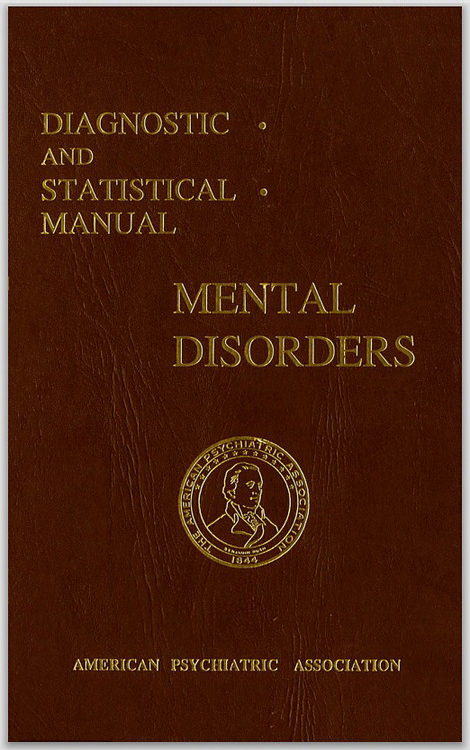
(Diagnostic and Statistical Manual of Mental Disorders, University of Washington)
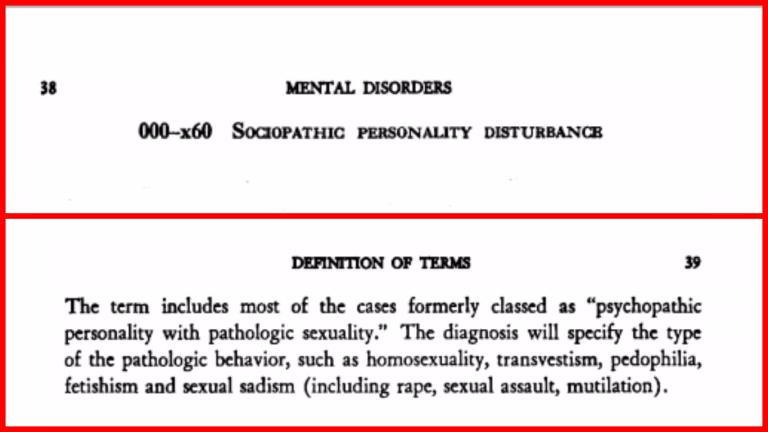
(Diagnostic and Statistical Manual of Mental Disorders, 1952, Sutori)

(DADT political cartoon, Lehigh Valley Live)
Laws were also in place to restrict gay individuals. They encouraged social barriers in society. President Eisenhower signed an order that restricted gays from working for the federal government, claiming they were a security risk. The "Don't Ask, Don't Tell" (DADT) policy, along with the outlawing of same-sex marriage, also promoted social inequalities.
"President Clinton in 1993 passed the 'Don't Ask, Don't Tell' (DADT) policy, which allowed gay men and women to serve in the military as long as they kept their sexuality a secret." (History, 2017)
"Gay rights advocates decried the Don’t Ask, Don’t Tell policy, as it did little to stop people from being discharged on the grounds of their sexuality." (History, 2017)
"For a long time, people acted as if being gay was a disease you could catch just by seeing it or being around it. But if you couldn't see it, then you couldn't catch it—and that was what shaped many of the laws and policies that forced gay and lesbian people into the closet." (Pitman 41)